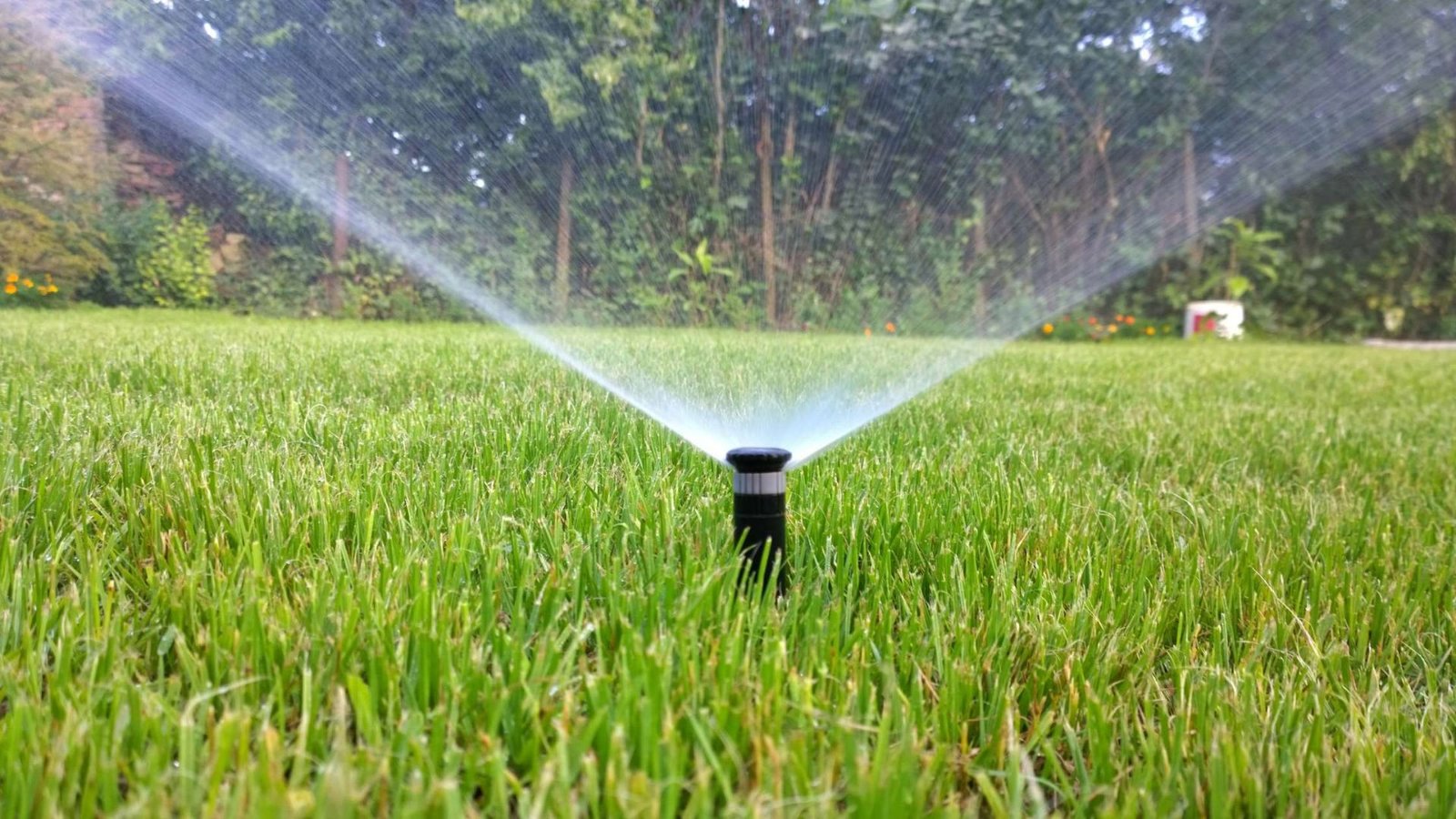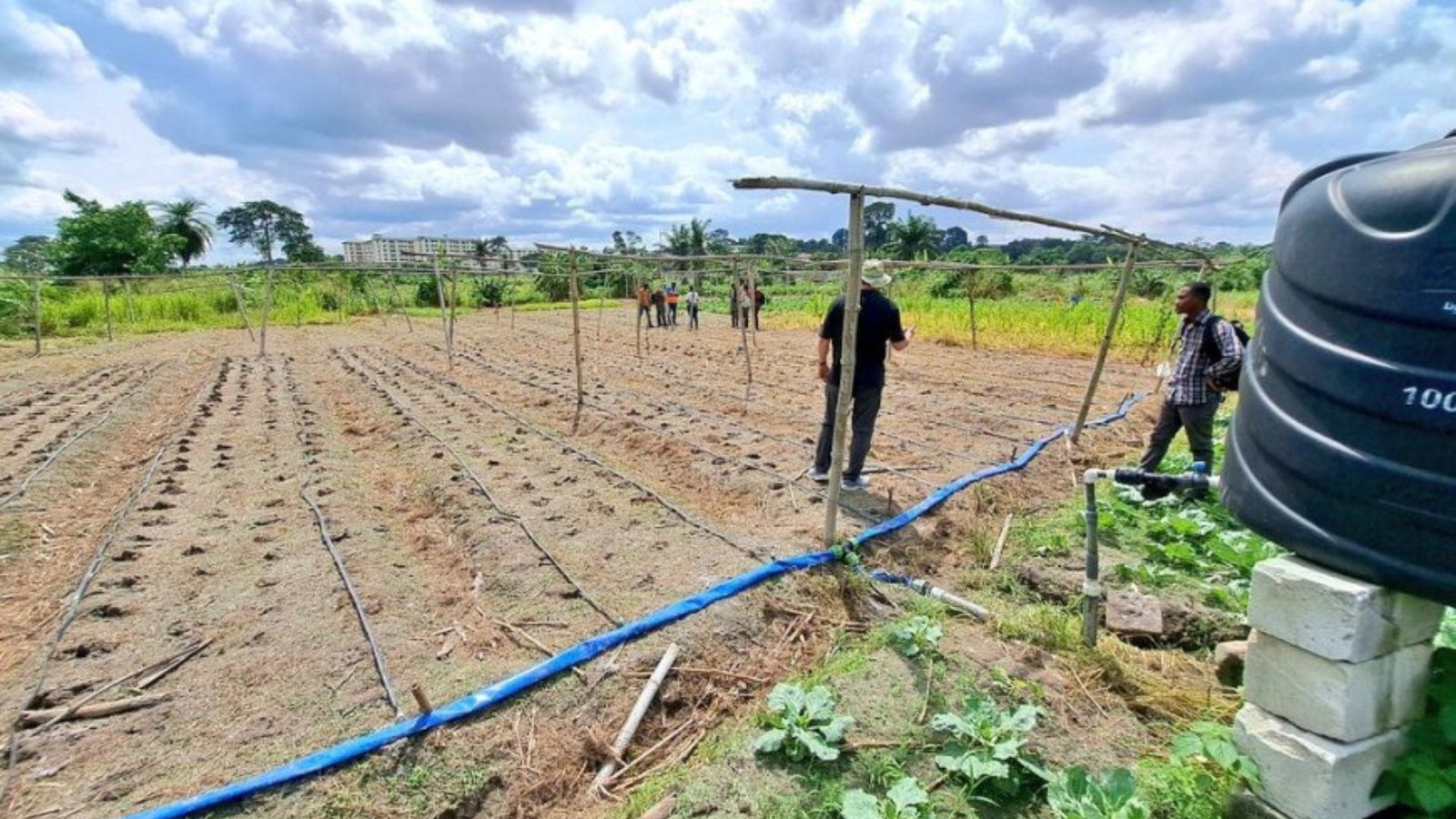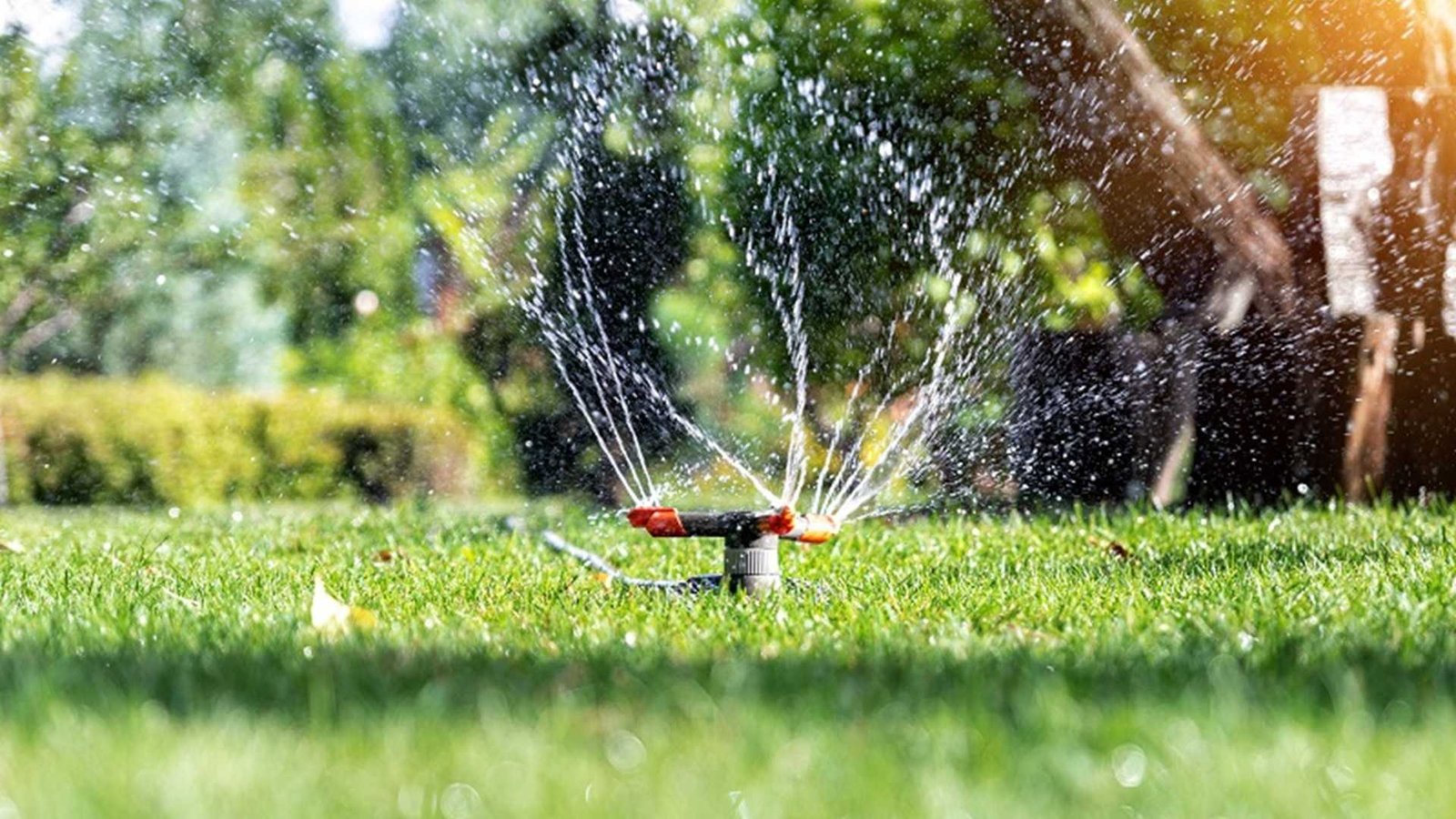Sustainability in agriculture is becoming increasingly important as the world faces water shortages, climate change, and growing food demands. One of the most effective ways to promote sustainable farming is through smart irrigation system design. Proper irrigation ensures that crops receive the right amount of water at the right time, reducing waste and supporting long-term productivity. In this article, we’ll explore the best irrigation design practices for sustainability. These practices help conserve water, improve crop yields, and minimize environmental impact, making them essential for future-proof farming.

1. Adopting Drip Irrigation Systems
Drip irrigation is one of the most sustainable irrigation methods available. Unlike traditional flood or sprinkler irrigation, drip irrigation delivers water directly to the roots of plants in a slow and controlled manner. This method minimizes water loss due to evaporation or runoff, making it highly efficient.
Drip irrigation systems are particularly beneficial in areas with limited water resources. They allow for precise control over water application, ensuring that crops receive the right amount of moisture without waste. Additionally, drip irrigation reduces the risk of soil erosion and waterlogging, which can harm the environment and reduce soil health.
2. Implementing Smart Irrigation Technologies
Incorporating smart technologies into irrigation systems is key to promoting sustainability. Tools such as soil moisture sensors, weather-based controllers, and automated irrigation systems help optimize water use by adjusting irrigation schedules based on real-time data. These technologies ensure that water is applied only when necessary, preventing over-irrigation and conserving water.
For instance, soil moisture sensors monitor the moisture levels in the soil, automatically triggering irrigation when it reaches a certain threshold. Weather-based controllers adjust watering schedules based on forecasted rainfall and temperature, helping to avoid unnecessary watering during rainy periods. By using these tools, farmers can significantly improve the efficiency of their irrigation systems and reduce water waste.
3. Rainwater Harvesting Systems
Rainwater harvesting is another excellent practice for sustainable irrigation design. By collecting and storing rainwater, farmers can use it for irrigation instead of relying solely on groundwater or municipal water supplies. This reduces the strain on local water resources, particularly in areas where water is scarce or expensive.
Rainwater harvesting systems can be integrated into existing irrigation designs by capturing runoff from rooftops or other surfaces. The collected rainwater is then stored in tanks or reservoirs for later use. This sustainable practice provides an alternative water source for irrigation, helping to mitigate the effects of droughts and irregular rainfall patterns.
4. Tailoring Irrigation to Soil and Crop Needs
Every farm is unique, with different soil types, crops, and climates. A one-size-fits-all approach to irrigation often leads to wasteful water use and suboptimal crop yields. Therefore, it’s essential to tailor the irrigation system to meet the specific needs of the soil and crops.
For example, clay soils retain water for longer periods, so they may require less frequent irrigation compared to sandy soils, which drain quickly. Additionally, different crops have varying water requirements. Crops like rice need more water, while crops like tomatoes or grapes need less. By customizing the irrigation design based on these factors, farmers can use water more efficiently and avoid wasting it on crops that don’t need it.
5. Using Efficient Irrigation Layouts
The layout of the irrigation system plays a crucial role in water efficiency. An efficient irrigation layout ensures that water is distributed evenly across the farm, minimizing runoff and water waste. For example, designing irrigation systems with uniform distribution, such as using properly spaced drip lines or sprinkler heads, ensures that all areas of the field receive adequate water.
Irrigation design should also consider the farm’s topography. On sloped land, water tends to run off more easily, leading to uneven irrigation. To counter this, farmers can install contour-based irrigation systems or use berms and dikes to slow water flow and allow it to soak into the soil.
6. Maintaining the Irrigation System Regularly
To ensure long-term sustainability, irrigation systems must be regularly maintained. Over time, pipes can become clogged, pumps may fail, and valves can wear out. Regular maintenance helps prevent inefficiencies, such as water leakage or blockages, which can waste valuable resources.
Farmers should establish a routine for inspecting and cleaning components like filters, drip lines, and sprinkler heads. Proper maintenance ensures that the system operates efficiently, reduces repair costs, and extends the life of the equipment. An efficient irrigation system is crucial for maintaining sustainable practices and ensuring crops receive the water they need without waste.
7. Recycling and Reusing Water
Recycling water is an important practice for sustainable irrigation. In areas with limited water availability, reusing water from sources such as wastewater or runoff can reduce the need for freshwater. Advanced treatment technologies can clean wastewater so that it’s safe for irrigation, making it a valuable resource.
Water reuse can also involve capturing runoff from fields after irrigation or rainfall and directing it back into the system. By using recycled water, farmers can reduce their dependence on external water sources and minimize the environmental impact of excessive water extraction.
8. Educating and Training Farmers
One of the most important aspects of implementing sustainable irrigation design is educating farmers on best practices. Even the best irrigation system can become inefficient if not used correctly. Providing farmers with the knowledge and tools to manage their irrigation systems effectively is essential for maximizing water conservation.
Training programs that focus on water management, new technologies, and proper irrigation techniques can help farmers adopt more sustainable practices. By staying informed about the latest advancements in irrigation, farmers can continue to improve their systems and contribute to more sustainable agricultural practices.
Conclusion
Sustainable irrigation design is key to ensuring the future of agriculture in a world facing water scarcity and climate change. By adopting efficient irrigation methods, integrating smart technologies, and tailoring systems to specific soil and crop needs, farmers can use water more effectively and conserve valuable resources. Additionally, practices such as rainwater harvesting, regular maintenance, and water recycling further enhance sustainability.
As global populations grow and water resources become more limited, sustainable irrigation practices will be critical to meeting food demands while protecting the environment. By implementing these best irrigation design practices, farmers can contribute to a more sustainable and productive agricultural system for future generations.




